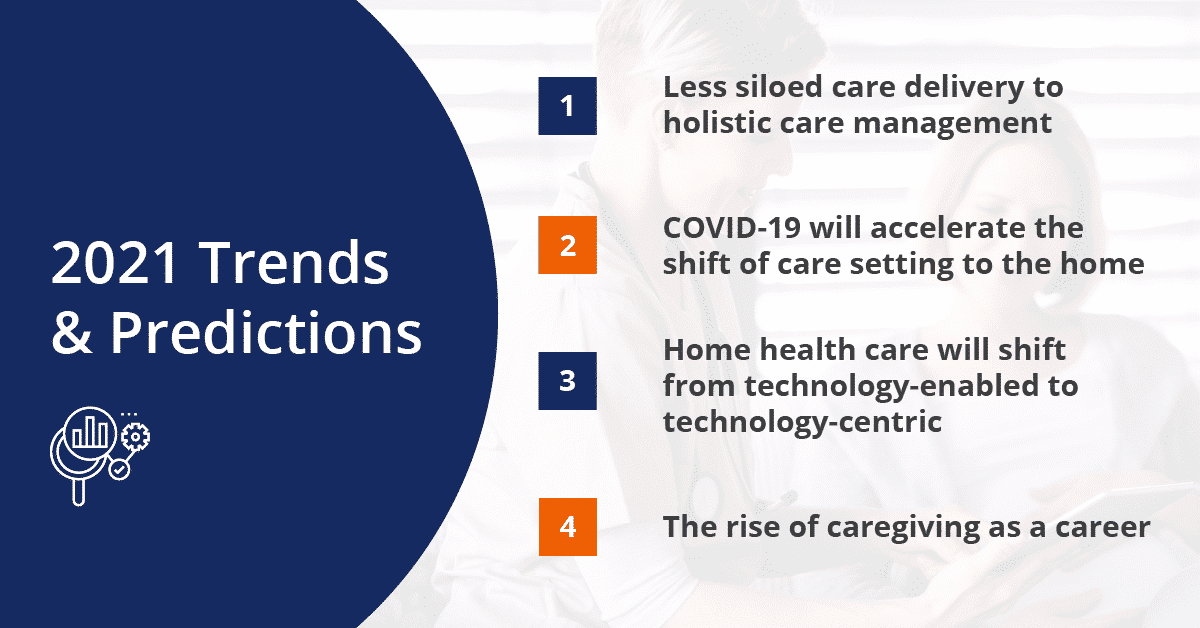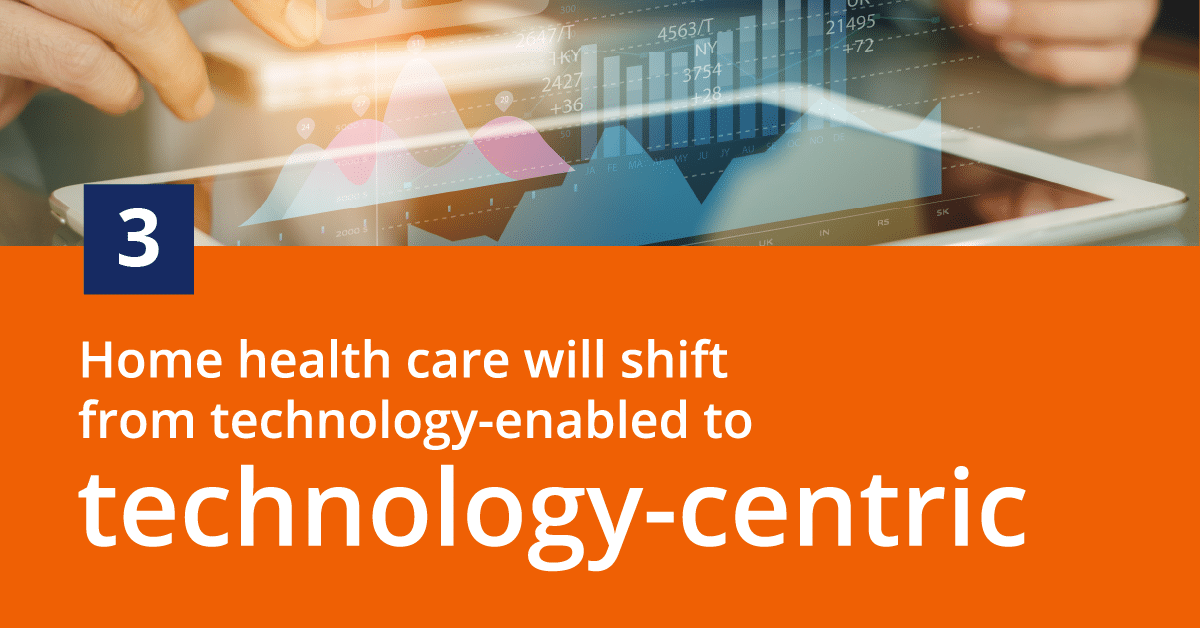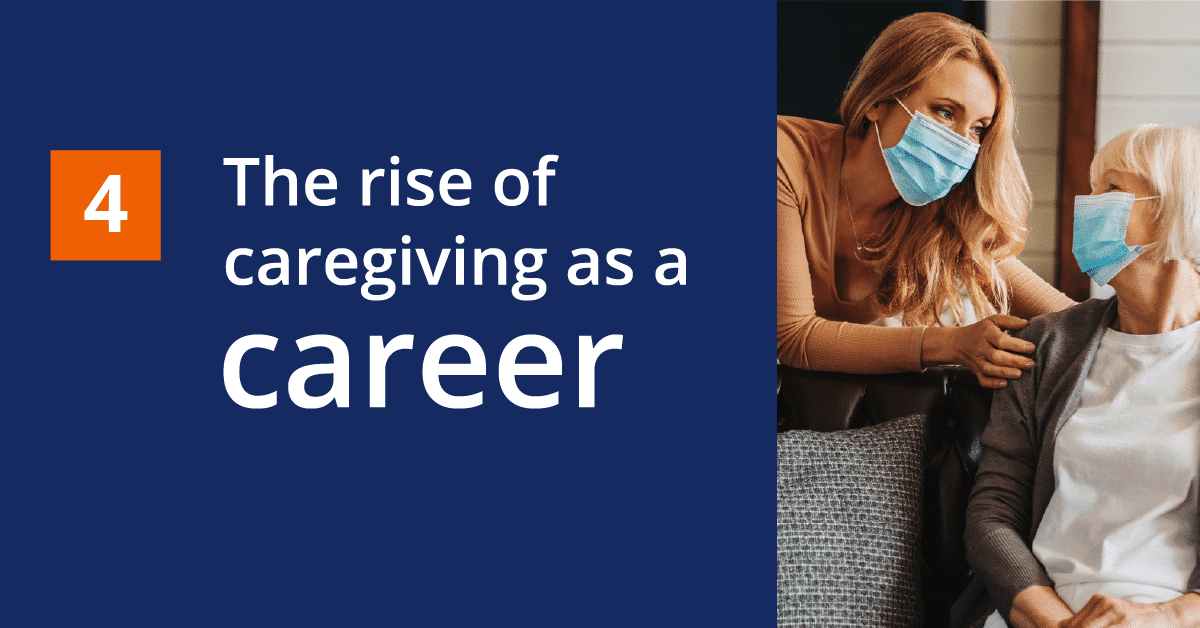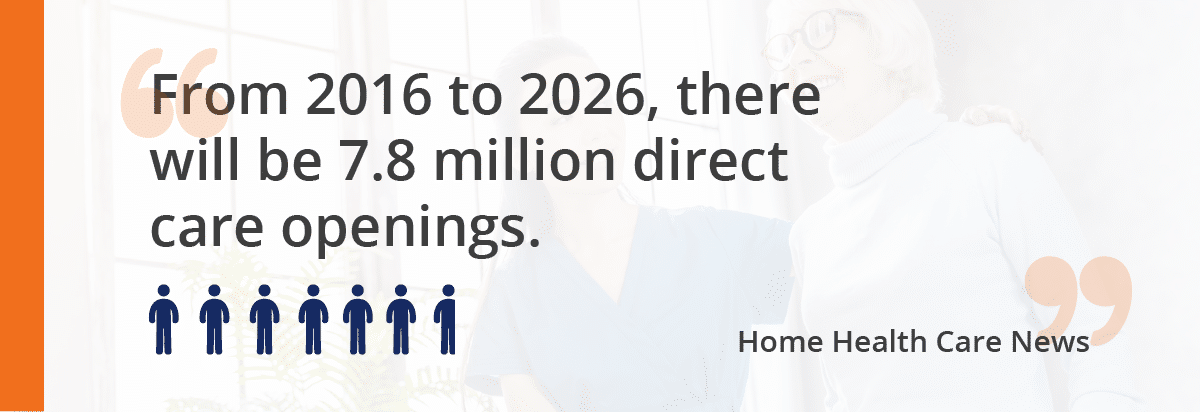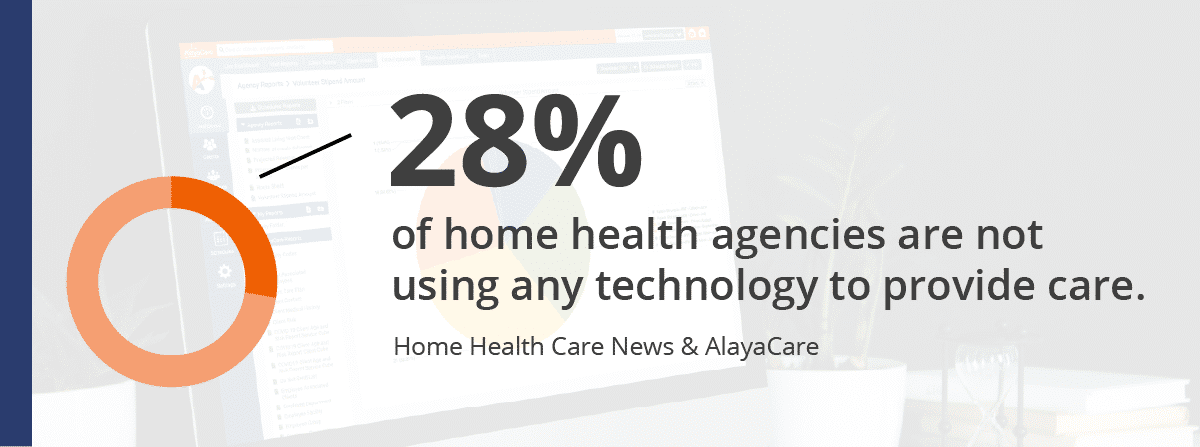Press release
2021 Predictions for Home Care in Uneven Times
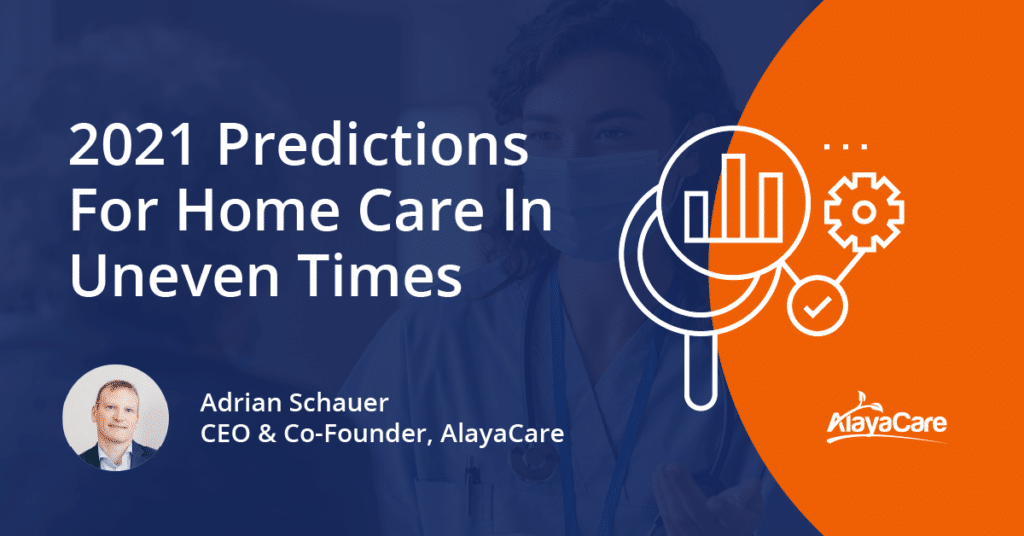
Each year, I step back from the daily rush to take stock of the home health care landscape, and technology’s role within it. Using the rising trends from the past calendar year, I contemplate what elements are likely to influence the business of home care when that calendar turns. Then, 2020 arrived and swiftly erased the whiteboard.
What will follow 2020? It’s been a hell of a year for the entire world as COVID-19 disrupted our health, our economy, our politics, and the way we work. Today, eight months into the pandemic, the dark times and challenges continue – situations that were hard to imagine we’d have to face as a society.
Still, this year has brought many moments of profound humanity and light, as well as the realization that this absolute tragedy could in its wake leave a world changed for the better. If you’ll permit a foray into quantum physics: the reader could be forgiven for being like Schrodinger’s Cat, caught in a state of uncertainty between optimism and pessimism as we look to the future.
As for the near future for home health care, call me an optimist.
Last year around this time I issued four pandemic-free predictions for the home care market in 2020, foreseeing:
- An evolving shift from care to wellness and, with it, a commensurate set of initiatives to address the social determinants of health.
- The financial wellbeing of care workers would become a strategic priority for agencies.
- A mix of payer sources would escalate in importance.
- Agencies would need an IT infrastructure that sets them up for success in a rapidly changing industry.
If I were to grade those predictions against the year that was, I would say that care once again trumped wellness. I would say that macro labour market trends have shifted in favor of home care – but that safety, rather than financial wellness, topped the list of caregiver concerns. As for payer mix, I suspect many of us were on our heels trying to defend current operations as opposed to scanning for new opportunities. Lastly, if there were ever a year of rapid change requiring new technology solutions, 2020 was it, marking the urgent rise of virtual care.
In light of what’s transpired, I give you four more important trends that I think will shape the home health care landscape in 2021.
1. Less siloed care delivery to holistic care management
While the events of 2020 swung the pendulum far more towards care vs. wellness, holistic care management is a long-term trend that will continue to grow.
- The lines between clinical and personal care are increasingly blurred and, along with the social determinants of health, will have an increasing impact on care delivery in our industry.
- In the U.S., we see evidence supporting this with Medicare Advantage reimbursing non-medical care.
- We also see MCOs assuming more risk-oriented contracts, looking at social determinants of health to stratify risk, and assigning lower cost resources prior to more adverse medical events such as re-hospitalizations and ER visits.
- Similar scenarios are unfolding in other areas of the world too, as system reforms continue in Ontario through comprehensive health teams, while Australia aged care providers continue to get into disability under NDIS.
2. COVID-19 will accelerate the shift of care setting to the home
The pandemic has created a once-in-a-lifetime opportunity to demonstrate to health systems the deep-set value of the home health sector. In 2021 we will see further evidence that:
- Care in the home is a far safer alternative to congregate care.
- Telehealth innovations are vital to the safe delivery of home health care interventions, and the barriers to such a shift will continue to vanish.
- More and more aspects of the patient journey can happen in the home not only because patients prefer this care setting, but mobile technology brings newfound possibilities.
3. Home health care will shift from technology-enabled to technology-centric
As demonstrated by the events of 2020, the nexus of any agency is no longer a physical office but instead a cloud. We’ve seen it in our business and have seen a masterful execution of this shift across AlayaCare’s client base:
- Effective coordination is fully possible from home, and in many cases more efficient.
- Care managers are handling an increasing percentage of supervisory visits via telehealth.
- Caregivers’ primary brand experience is with mobile apps as office visits diminish.
- The recruiting and onboarding experience has shifted largely to the cloud.
- Adoption of patient engagement tools like the Client and Family Portals has never been higher.
4. The rise of caregiving as a career
Much of the pre-COVID economy is structurally defunct. Not all retailers, gyms, travel and entertainment purveyors, or restaurants will come back. Look at Amazon’s share price. A portion of Main Street and its associated front-line service jobs have been displaced in favour of programmers and robot-like logistics jobs. In this environment, the caregiving career path – in ferociously high demand – is set to take flight.
- “Caregiver” was one of the fastest growing jobs pre-COVID, and also the least likely to be displaced by technology.
- As we get the COVID safety issues under control, home care will become an increasingly important career that provides meaningful work.
- As society and as employers, we need to continue to drive home the importance of this profession so that we can attract and retain staff.
- The gig economy has been much maligned as a force that erodes workers’ rights. If done right, caregiving can provide an optimal mix of flexibility and stability. That is our challenge as an industry.
In the end, while 2020 has instructed us that any “predictions” can be easily washed away, it would certainly seem that the events of this year elevate the global home health care industry into a position of great importance.
Whatever the case, we must have increasingly robust and honest conversations about where home care is headed, so that agencies and clients are set up for success and better outcomes in 2021 and beyond. To that end, do you have any predictions for next year? How do you feel about what I’ve laid out here?
May optimism come to pass after a year in which it has largely felt out of reach.
